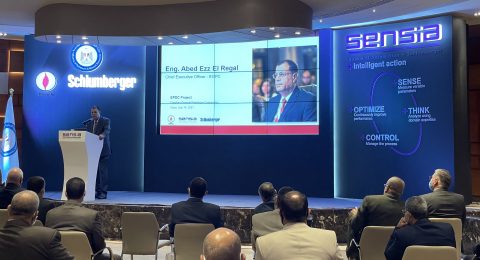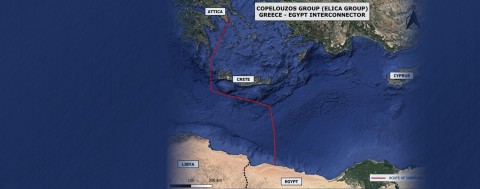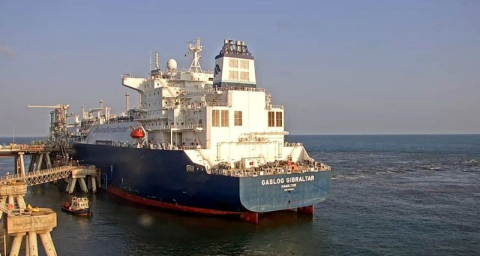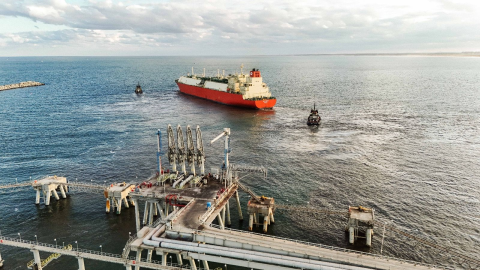Egypt has a great potential for exporting gas and could increase its production up to 27.66 percent over the next 10 years, said a report by the Business Monitor International (BMI).
The report said Egypt’s gas export is expected to increase to up to 95 billion cubic meters by 2010, compared to about 66 billion cubic meters in 2010. The export would provide a flow of foreign currency and east the import bill, said the report, and titled “The Outlook for the Egyptian Economy until 2020.”
Africa production
Substantial growth in natural gas production is also projected for Africa, where production increases from 6.8 trillion cubic feet in 2007 to 12.7 trillion cubic feet in 2020 and 14.0 trillion cubic feet in 2035 (Figure 47). In 2007, 77 percent of Africa’s natural gas was produced in North Africa, mainly in Algeria, Egypt, and Libya. West Africa accounted for another 20 percent of the 2007 total, and the rest of Africa accounted for 3 percent. Remaining resources are more promising in West Africa than in North Africa, which has been producing large volumes of natural gas over a much longer period. Indeed, faster production growth is projected for West Africa, with an average annual rate of 4.0 percent, versus 2.2 percent for North Africa.
Nigeria is the predominant natural gas producer in West Africa, although recent production increases in the region have also come from Equatorial Guinea, which brought an LNG liquefaction facility on line in 2007.
Angola also is expected to add to West Africa’s production in the near term, with its firstLNGliquefaction facility, currently under construction, expected to come on line in 2012 [19]. Still, because security concerns and uncertainty over terms of access in Nigeria limit production growth in West Africa, North Africa remains the continent’s leading region for natural gas production over the course of the projection. feet of natural gas (Figure 56), or 56 percent of its production, with about one-half of the exports coming from Algeria, Egypt, and Libya via pipelines to Spain, Italy, and parts of the Middle East. The remainder was exported as LNG from liquefaction facilities in Algeria, Egypt, and Libya.
Algeria is in the process of expanding its natural gas export capacity both by pipeline and from LNG terminals.
The Medgaz pipeline from Algeria to Spain is expected to come on line in mid-2010, with sufficient capacity to carry 0.3 trillion cubic feet of natural gas per year. Two liquefaction projects are also progressing in Algeria: the Gassi Touil project and a new liquefaction train at the existing Skikda export facility [51]. Together they are expected to increase Algeria’s LNG export capacity by 0.4 trillion cubic feet per year by 2013. In addition, the Galsi pipeline from Algeria to Italy is planning to make a final investment decision before the end of 2010 and to initiate gas flow on a 0.4 trillion cubic foot per year pipeline by 2014











